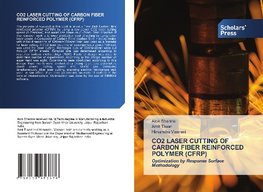
-
 Anglický jazyk
Anglický jazyk
CO2 LASER CUTTING OF CARBON FIBER REINFORCED POLYMER (CFRP)
Autor: Alok Sharma
The purpose of research in this book is to cut a 1mm thick Carbon fibre reinforced polymer (CFRP) by using a low power CO2 laser cutting speed (1-2mm/sec) and assist gas pressure (1-2bar). Main objective of this research work is to lower production cost... Viac o knihe
Na objednávku, dodanie 2-4 týždne
55.44 €
bežná cena: 61.60 €
O knihe
The purpose of research in this book is to cut a 1mm thick Carbon fibre reinforced polymer (CFRP) by using a low power CO2 laser cutting speed (1-2mm/sec) and assist gas pressure (1-2bar). Main objective of this research work is to lower production cost of cutting by using lower laser power. A Composite of Carbon Fibre (carbon fibre + epoxy resin) with initial dimensions of 120mm×100mm×1mm was used as a material for laser cutting. A CO2 laser machine of maximum laser power 150 watt was used for laser cutting. Rectangle cuts of 50mm×40mm were cut through CFRP sheets. Samples size was determined according to response surface methodology (RSM). Factorial design was used to determine number of experiments. According to this design, number of experiment was eight. Experiments were conducted according to this design. Experiments were conducted by changing process parameters (laser power, cutting speed and assist gas pressure) simultaneously. After laser cutting, scanning electron microscope was used to see effect of process parameters on material surface in the form of microstructure. Optimization was done by the use of MINITAB software.
The purpose of research in this book is to cut a 1mm thick Carbon fibre reinforced polymer (CFRP) by using a low power CO2 laser cutting speed (1-2mm/sec) and assist gas pressure (1-2bar). Main objective of this research work is to lower production cost of cutting by using lower laser power. A Composite of Carbon Fibre (carbon fibre + epoxy resin) with initial dimensions of 120mm×100mm×1mm was used as a material for laser cutting. A CO2 laser machine of maximum laser power 150 watt was used for laser cutting. Rectangle cuts of 50mm×40mm were cut through CFRP sheets. Samples size was determined according to response surface methodology (RSM). Factorial design was used to determine number of experiments. According to this design, number of experiment was eight. Experiments were conducted according to this design. Experiments were conducted by changing process parameters (laser power, cutting speed and assist gas pressure) simultaneously. After laser cutting, scanning electron microscope was used to see effect of process parameters on material surface in the form of microstructure. Optimization was done by the use of MINITAB software.
- Vydavateľstvo: Scholars' Press
- Rok vydania: 2021
- Formát: Paperback
- Rozmer: 220 x 150 mm
- Jazyk: Anglický jazyk
- ISBN: 9786138953876


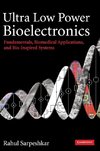


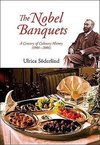

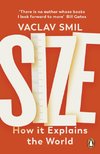


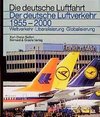
 Nemecký jazyk
Nemecký jazyk 